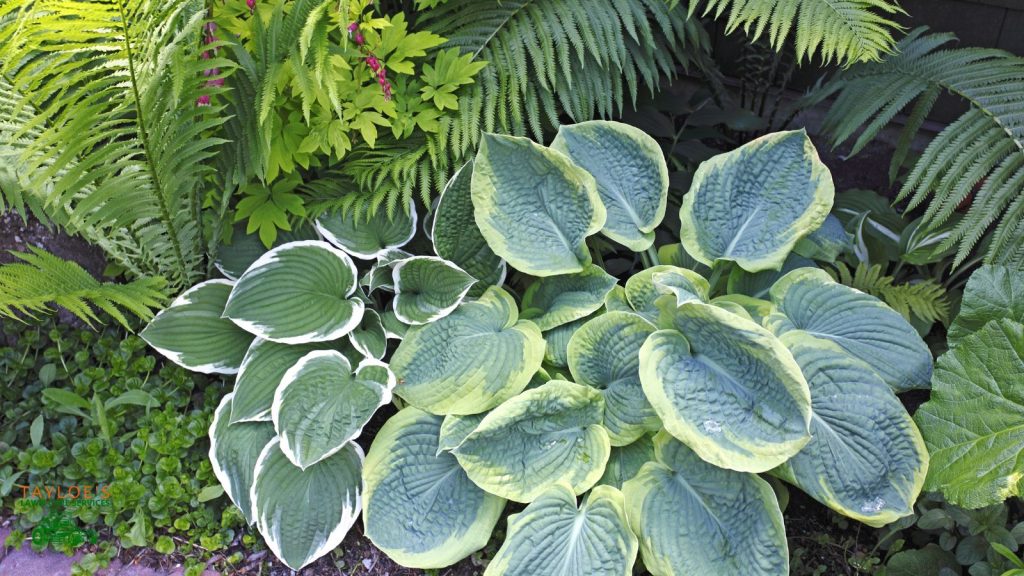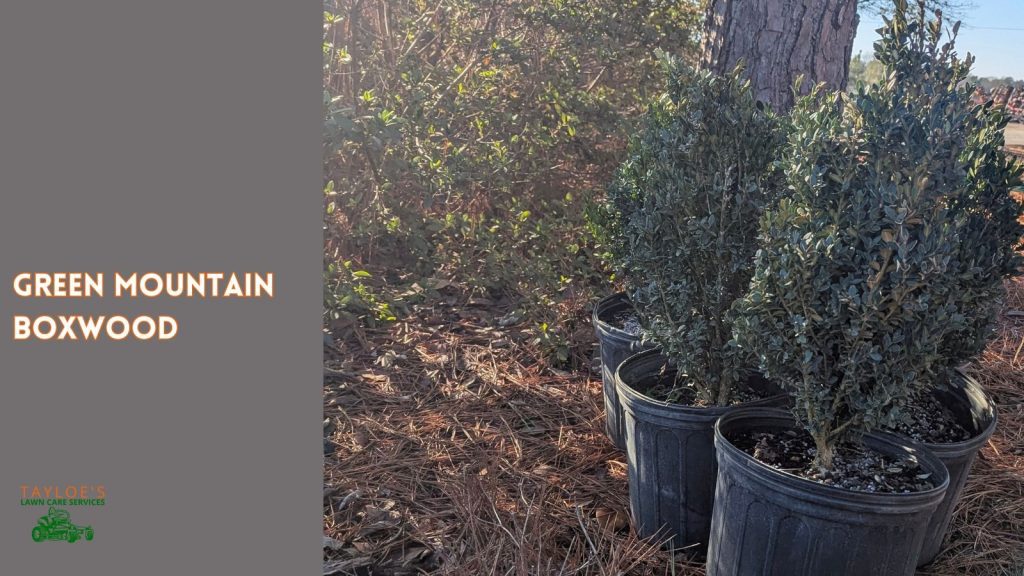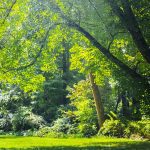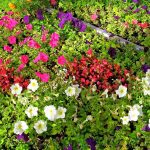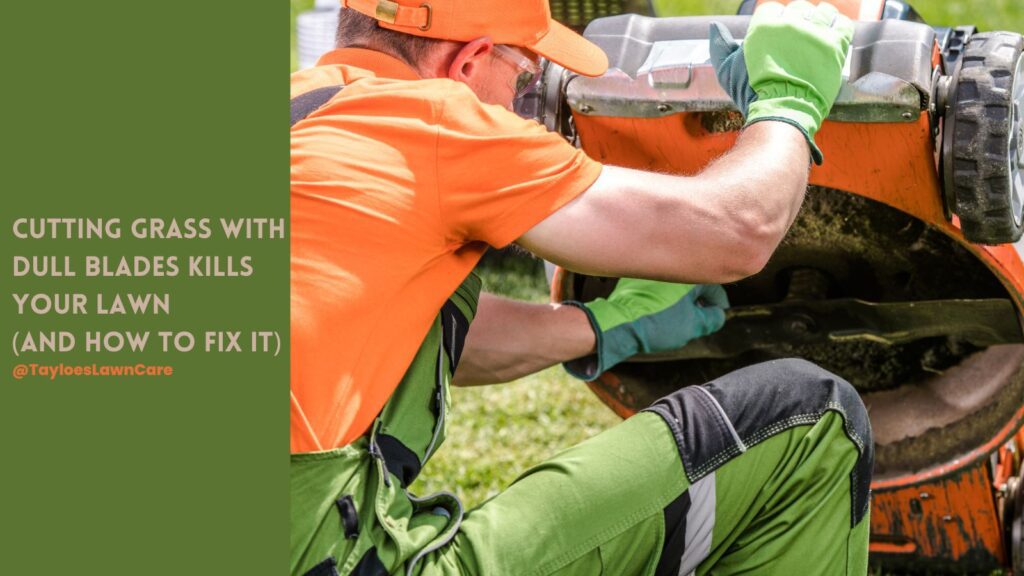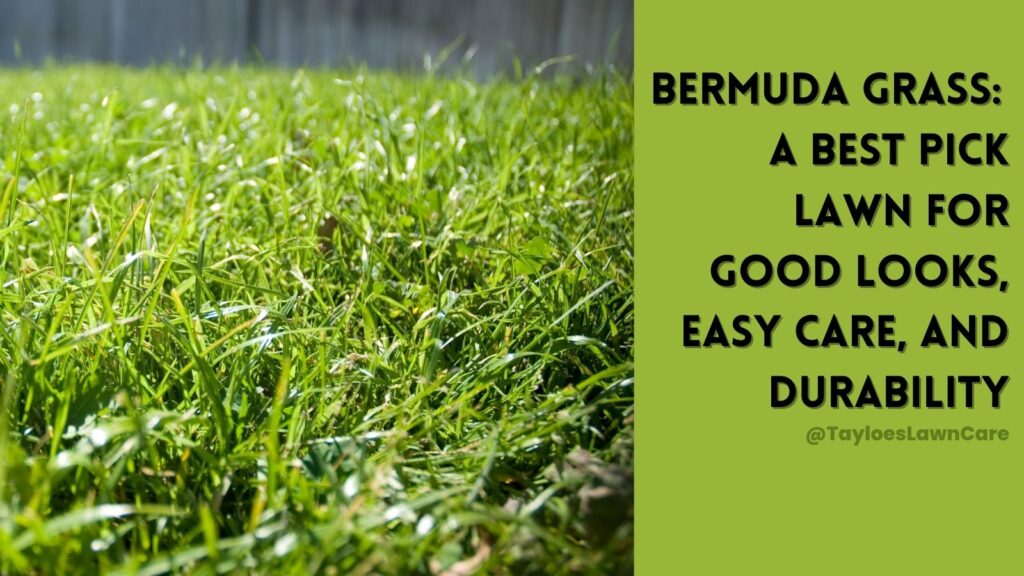Last Updated on: 12th March 2025, 09:54 am
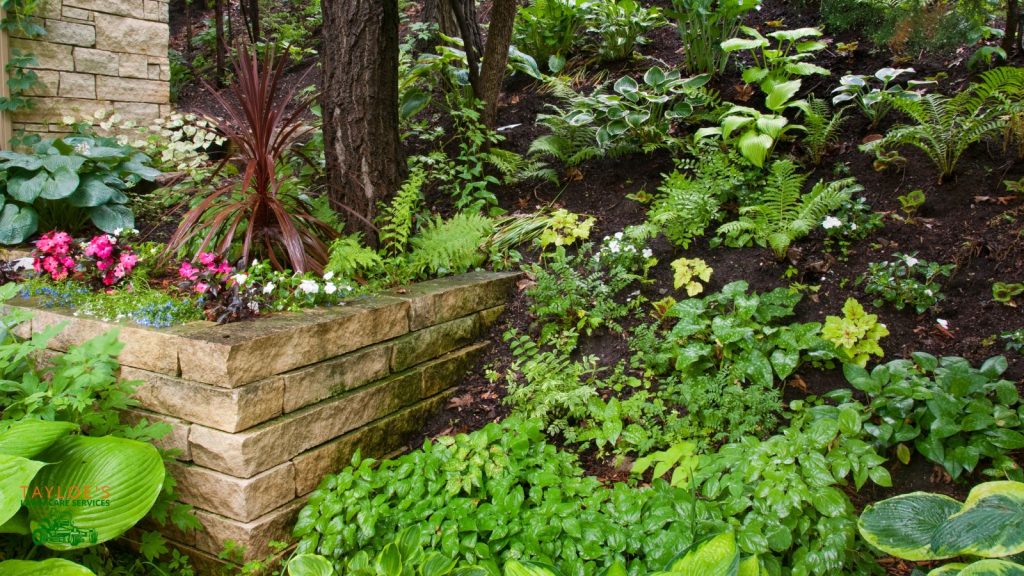
You don’t need a pro landscape designer, just a little know-how.
Creating a colorful shade garden is easier than you think!
With careful garden design, planning, and creativity, you can turn even the shadiest corner of your yard into a lush, tranquil space. By understanding your yard’s specific light conditions and choosing plants suited to the shade, you’ll be well on your way to designing a stunning garden retreat.
Whether you aim for a colorful display or a peaceful sanctuary, this shade gardening guide will give you the tools to get started.
Of course, the first step is to plan out your garden, but just before we get there, let’s be clear that not all shade is equal. As you evaluate your site, you’ll notice it receives either partial, dappled, or full shade.
Let’s break down what each type of shade means.
Types of Shade
Partial Shade: Receives about three to six hours of sunlight daily, often in the early morning or late afternoon. This light level creates an ideal balance between sun and shade, where plants can thrive without exposure to the hot afternoon sun. These are areas under the tree canopy or in the shadow of structures in gardens.
Full Shade: This garden area receives little to no direct sunlight but may still benefit from some reflected or filtered light. It’s often found under large trees or near tall structures.
Dappled Shade: It refers tothe soft, shifting light that filters through the branches of tall trees or a tree canopy. This type of shade moves throughout the day, providing intermittent sunlight and creating a gentle environment for plant growth.
Unlike full shade, dappled shade allows for better air circulation and some natural light exposure, making it less intense while still protecting from direct sun.
Deep Shade: Almost no sunlight reaches this shady spot, typically under dense evergreens. Plant selection is limited to highly shade-tolerant species.
Planning Your Shade Garden
Assess Your Space for Shade Plants
Look closely at how sunlight moves through your garden at different times of the year. Shady areas may receive more light in winter when deciduous trees shed their leaves, but they’ll need plants suited to lower light levels during the growing season.
Additionally, pay attention to moisture levels, as shade gardens often have slower evaporation, which can lead to standing water.
Consider any unique microclimates, such as cool, breezy spots or warmer, protected areas. These subtle variations can affect which plants will thrive in each part of your garden.
Seek Inspiring Shade Garden Ideas
Gather shade garden ideas from various sources—visit local botanical gardens, explore shade garden photos online, and make note of any elements that appeal to you. Whether it’s a simple path, cozy seating area, or a pergola, think about how these features will enhance your garden’s overall look and feel.
Create a Design
Once you have a clear vision, sketch out your garden design. Don’t be afraid to dream big, but make sure your plan suits the scale of your space. Larger gardens can handle expansive plant groupings, while smaller spaces may require compact or dwarf varieties.
Balance is key to maintaining a harmonious look.
Choose the Right Style
Your shade garden style should complement your home and personal preferences. If you favor a calm, minimalist look, a formal garden with clean lines and structured plantings may suit you.
On the other hand, an informal woodland design can evoke a natural, serene vibe—perfect for a relaxed, cottage-style home.
Designing Your Shade Garden
Don’t overthink the design, especially if you’re a beginner. Start by focusing on a foundation of perennials that offer structure and consistency year after year. These plants are easier to manage, and you can move them around to adjust your layout.
To keep things lively, incorporate annuals to add pops of seasonal color, providing flexibility to refresh the look each year. Aim for a mix of textures and colors that bring depth and interest, while leaving room for growth as your garden matures.
In a moment, we’ll review some design ideas to help you enhance your space and create a harmonious garden layout.
Best Perennials for Shade
Here are some excellent perennials for your shade garden:
- Hostas: Available in countless varieties, perfect for filling any shady garden spot.
- Ferns: Add delicate texture with favorites like Maidenhair and Japanese Painted Fern.
- Lamium: Beautiful ground covers that bloom for most of the season.
- Bleeding Heart: Known for their heart-shaped blooms in spring; grow quite large.
- Astilbe: Adds fluffy, colorful blooms in early summer.
- Bugleweed (Ajuga): A groundcover with vibrant leaves and spring flowers.
- Brunnera: Features tiny blue forget-me-not-like flowers.
- Columbine (Aquilegia): A spring bloomer that thrives in partial shade.
- Jacob’s Ladder (Polemonium): Features intricate ladder-like foliage.
- Foxglove: Tall, graceful blooms that flourish in part shade.
- Coral Bells: Famed for their vibrant, long-lasting leaves.
- Hydrangeas: Thrive in the shade, particularly varieties like Annabelle, known for their large, bright blooms.
- Corydalis (yellow bleeding hearts): Features delicate fern-like leaves with tubular flowers in shades of yellow or purple, blooming from spring to early summer.
- Lungwort (Pulmonaria): Displays spotted foliage with pink and blue blooms.
- Ligularia: Known for striking yellow flower spikes.
- Goatsbeard: Produces spikes of white plume flowers in mid-summer.
Best Annuals for a Shady Area
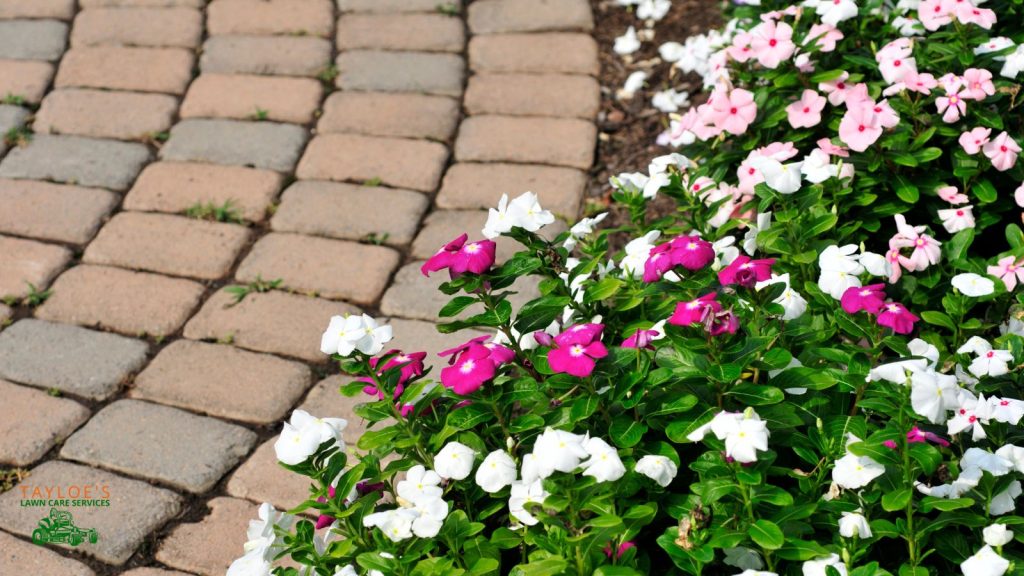
For consistent pops of color, try these annuals:
- Wax Begonias
- New Guinea Impatiens
- Tuberous Begonias
- Lobelia
- Fushia
- Coleus
- Impatiens
- Polka Dot Plant
- Torenia (Wishbone Flower)
- Caladium
And if you’re looking for even more ideas, try googling “best shade plants” in your gardening zone. Just be sure to avoid varieties labeled as “invasive” or “vigorous spreaders” to keep your garden under control.
How to Create a Low-Maintenance Shade Garden
Soil Preparation: For optimal growth, ensure your soil drains well and is nutrient-rich. Shade gardens generally prefer slightly acidic, well-draining soil. Enhance it by mixing in compost or organic material to support healthy growth.
Selecting Plants: Pick the best plants suited to your shade conditions. Avoid planting delicate species like hostas in areas exposed to the hot afternoon sun, as this can damage their foliage. Under dense trees, choose hardy varieties that tolerate dry shade, such as Ajuga or Epimedium.
Flexibility with Perennials: Perennials offer adaptability. If a plant struggles, simply move it to a better spot, giving you flexibility to perfect your shade garden layout over time.
Containers for Tough Areas: In areas with dense tree or shrub roots, using containers helps plants get proper nutrients and water without competition.
Gardening + Care Tips for Shade-loving Plants
Once you’ve established your shade garden, maintaining it becomes simple. Simply follow these gardening tips:
Mulching
Mulch in the spring to retain moisture, suppress weeds, and enrich the soil.
Watering
Shady space generally needs less watering than sunnier spaces, but dry shade areas beneath large trees may require extra attention. Tree roots compete for moisture in these gardens, leaving the soil parched. While some perennials can handle these conditions, most shade plants flourish with regular watering.
Installing a drip irrigation system or threading a soaker hose through the garden helps deliver water directly to the roots, ensuring plants receive the moisture they need without the risk of overwatering.
Weeding
Weeding is also minimal in a shade garden since most weeds prefer full sun. However, pruning is essential for maintaining a neat, vibrant garden. Regularly remove dead branches, damaged foliage, and spent flowers to encourage healthy growth and reblooming.
Cutting back perennials in early spring promotes new growth while preventing overcrowding. Shape trees and shrubs by selectively trimming branches to ensure air circulation and prevent disease. Tailor pruning methods to the specific needs of each plant, helping your shade garden flourish year after year.
Battling Slugs
Slugs thrive in a shade garden’s cool, damp conditions and are a major problem. To keep them off your garden, consider natural deterrents like crushed eggshells or copper barriers.
For larger infestations, opt for organic solutions to protect your garden while keeping it eco-friendly. Regular checks can help prevent slug damage before it gets out of hand.
16 Best Shade Garden Ideas
Below are some garden design tips to add to your list of shade garden ideas for inspiration:
- Layer heights: Start with small trees, then layer with shrubs, leafy greens, and ground covers, paying attention to their light requirements, to create depth.
- Go bold with foliage: In areas of deep shade, where flowers may struggle to bloom, focus on bold colorful foliage with plants like coral bells or caladium.
- Choose a color theme: Focus on one or two colors to create a unified look. For instance, tones of pink and burgundy from hydrangeas, impatiens, and Japanese maple can make a garden feel cohesive.
- Focal Points: To draw attention and enhance tranquility, add water features or a sculpture as a focal point in your shade garden.
- Go for bright colors: Yellow and gold foliage illuminate shady areas, adding warmth and vibrancy. Use golden plants like Japanese forest grass alongside hostas or golden-leaf deutzia to brighten up dim spots and create an inviting, cozy space.
- Plant for pollinators: Foxglove, columbine, and hydrangeas can attract pollinators even in shady spots.
- Cultivate harmony: Choose plants that thrive in both partial sun and light shade to smoothly transition between sunny and shaded areas, maintaining a unified, flowing garden design.
- Paths and Walkways: Hardscape elements like pathways add functionality and visual interest. Use stone or gravel for a natural feel.
- Vertical Interest: Use climbing plants like clematis or ivy to utilize vertical spaces.
- Create raised beds: Use a raised shady bed in areas with poor soil for better drainage.
- Balance colors with different textures: Blend colorful foliage plants with flowering plants for a shade garden that looks alive even when it’s not blooming.
- Reconsider the lawn: If grass struggles in your shady spots, opt for low-maintenance shade-loving plants (groundcovers) such as creeping Jenny or Ajuga. These provide a lush, green look without constant upkeep.
- Create rhythm: Repeat similar plants throughout different parts of the yard to build consistency. Blend plant colors with hardscape features for a seamless, unified look across the landscape.
- Utilize shade garden shapes: Go beyond texture and color to create a showpiece in your shady garden. Use plant shapes to enhance visual appeal, like structured boxwoods paired with softer, flowing plants, adding an extra layer of depth and contrast.
- Establish a shade garden retreat: Build a calm private area with tall shrubs, a bench, and a gentle water feature to enjoy your shady backyard.
- Highlight paths with light: Use soft lighting along stone paths to highlight your shade garden and create a welcoming glow in the evening.
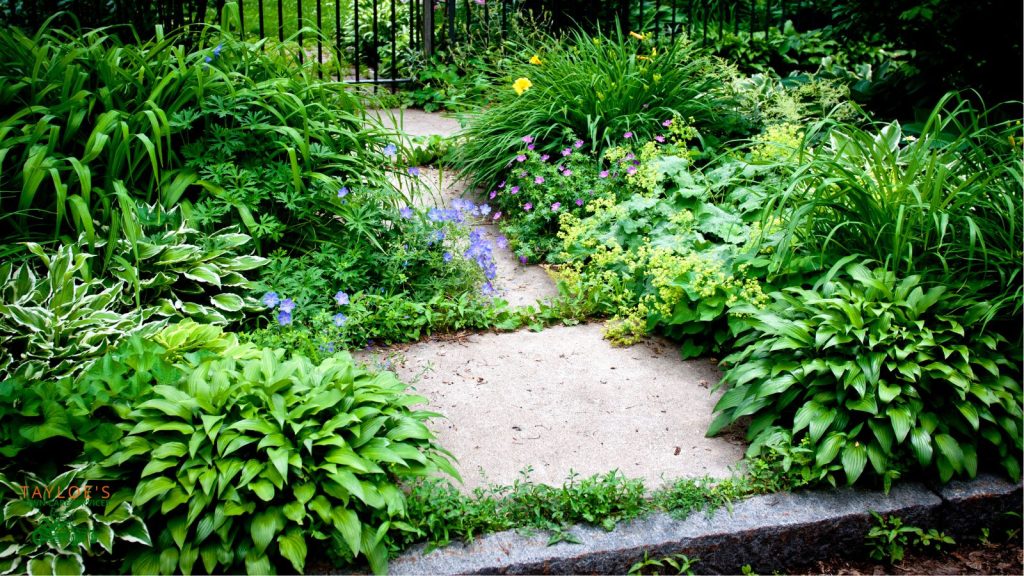
The Takeaway: Shade Gardens Are a Summer Respite
A shade garden offers more than just beauty; it provides a cool, relaxing retreat from the summer heat.
You can create a low-maintenance sanctuary in your shady areas by carefully selecting shade-loving plants and adding thoughtful hardscape features.
Whether your goal is a vibrant, colorful shade garden or a peaceful escape, your well-planned shade garden will become a cherished part of your home.
It’s time to breathe life into that shady spot in your garden. You’ve got this!
Need help planning your perfect shaded garden? Call the pros at Tayloe’s Lawn Care, Aulander, NC today or connect with us on Facebook.
Author Profile

- Maureen Abuor
- Maureen Abuor is a professional content marketing strategist and SEO strategist, with particular knowlege of creating landscaping and gardening content that informs and delights her audience. When she's not working, she's a busy mother of three precious little ones and child of God.
Latest entries
 Lawn CareApril 29, 2025Best shady area grass seed for Eastern NC
Lawn CareApril 29, 2025Best shady area grass seed for Eastern NC GardeningApril 15, 2025How do I make organic soil for the garden?
GardeningApril 15, 2025How do I make organic soil for the garden? Flower GardenMarch 7, 2025What are wave petunias?
Flower GardenMarch 7, 2025What are wave petunias? Flower GardenMarch 3, 202520 Full-sun annuals for your spring and summer garden
Flower GardenMarch 3, 202520 Full-sun annuals for your spring and summer garden

